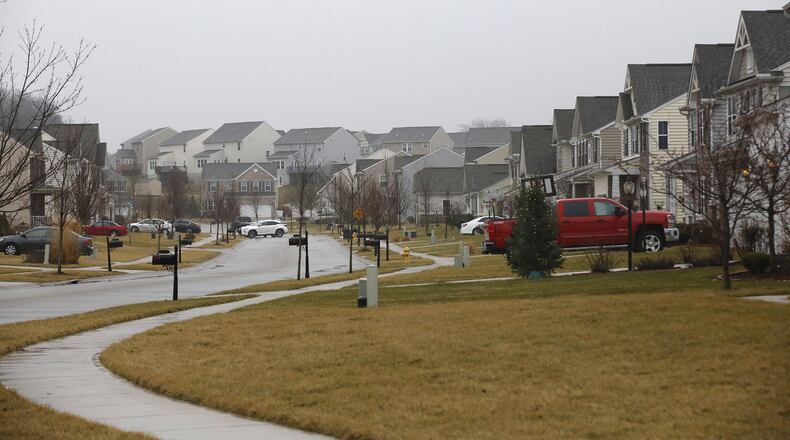The Dayton Metropolitan Area, which includes Montgomery, Greene and Miami counties, had an estimated population of 806,548 last year, a 3.5 percent increase from 803,713 in 2017 and 801,765 in 2016, the Census said.
The latest Census estimate for the city of Dayton was 140,640 for 2018, up modestly from 140,416 in 2017.
Mark Salling, a a senior fellow at the Northern Ohio Data and Information Service at Cleveland State University, says Dayton finds itself in the same situation as other Midwestern cities.
“It is not surprising,” Salling said. “In fact, it is perhaps good news that there is not a loss. Many cities and towns in Ohio and the Midwest are losing population. Aging populations with relatively few of the young adults having children and out-migration due to static economies explain this ongoing trend.”
Montgomery County was estimated to have 532,331 residents in 2018, up slightly from 531,669 residents the year before, according to the new numbers.
That’s the highest number for the county since 2014, when the population estimate was put at 532,469. In 2010, Montgomery County has 535,587 residents.
Another relative bright spot was Beavercreek, which was estimated by have grown by 430 residents, to 47,391 last year. The estimate for Greene County overall was 167,995 residents, again a small increase from 166,779 in 2017.
Marc Clauson, a history and law professor at Cedarville University and a former county administrator in West Virginia, said the estimates are “semi-good-news” for cities like Dayton.
“Overall, I think Dayton doesn’t have to worry at this point,” Clauson said.
Bigger cities in the 1970s to 1990s lost population in relatively large numbers to the suburbs. Some of that exodus appears to be moving back, he believes.
“So this is not necessarily a bad thing, but I don’t think we should expect some mass migration back into the cities,” Clauson said. “It will be a slow trickle.”
Unless cities expand by annexation, which he believes has been Columbus’ growth strategy.
If cities create “the right conditions,” residents will slowly return, Clauson said. He believes residents want an openness to small business and job growth, a “fair” taxation system and a less burdensome regulatory regimen.
Warren County was estimated to have 232,173 residents last year, up from 228,859 in 2017.
Butler County saw an estimate of 382,378 residents in 2018, up slightly from 380,843 residents the year before.
For Miami County, the estimate was 106,222 residents, up again from 105,265 residents in 2017.
The estimates are as of July 1, 2018, the Census said.
Other area cities that saw some growth, according to the new numbers: Springfield gained nearly 80 residents for an estimated population of 59,282 last year.
Huber Heights grew from 38,084 in 2017 to 38,174 last year, according to the Census.
Kettering, however, saw a drop, with a 2018 population that was put at 55,103 in 2018, down from 55,175 the previous year.
The South and West regions continue to have the fastest growth, the Census said. Among the 15 cities or towns with the largest gains from 2017 to 2018, eight were in the South, six were in the West, and one (Columbus) was in the Midwest.
Columbus, however, now has more residents estimated within its borders than San Francisco, 892,533 to 883,305, although the latter city’s metropolitan area is much bigger.
Among Ohio’s three “C” cities — Columbus, Cleveland and Cincinnati — only Cleveland lost residents, the estimates show. Cleveland’s population fell from an estimated 385,428 in 2017 to 383,793 last year.
By the numbers
806,548: Dayton MSA estimated population
140,640: Dayton estimated population
532,331: Montgomery County population
About the Author

